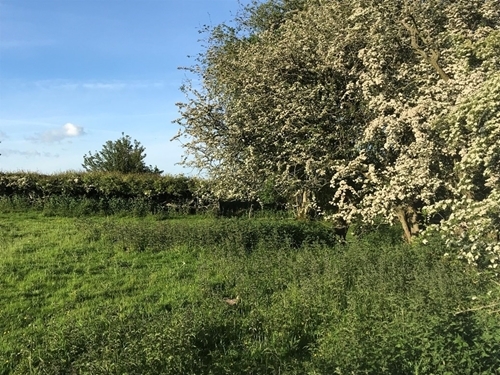Written by Sue Evans, Director GWCT Cymru
2 Minute Read

Despite the drive for rewilding in the UK, farmers still feel pressured to keep their hedges and fields neat and tidy. It isn’t just farmers who feel this way - people who own small parcels of land, gardeners and even the local council are often compelled to keep their patch tidy.
Last weekend I was reminded by someone who owns two fields that a perception of tidiness continues to override nature as a priority in managing land. They have a lovely field of wildflowers and a diverse mix of grasses all coming to a head, but when I suggested that rather than mowing it now they left it until everything has seeded, they were worried about their neighbour’s perception of it looking untidy.
A couple of years ago we were asked to mow a small patch of hill ground, on the advice of a local conservation organisation. Having found the bodies of two slow worms and numerous other small creatures of interest I wondered why less than an acre of steep hillside ground would ever be considered as a meadow in need of mowing. So many of these patches are not even relied upon for an income, nor are they used to produce food, yet there is a perception that they must be kept tidy. This mindset overrides any benefit to nature that could be provided.
There is so much enthusiasm for rewilding, which is going to result in the countryside getting a bit more ‘rough around the edges’ than we’re used to, yet on our doorsteps there is still peer pressure to have tidy ‘bowling green’ fields, paddocks and lawns. How can we support each other and educate people to understand that what may be considered by some to be messy is actually a haven for biodiversity?
This week, there were calls for rewilding of royal land. Why can’t we have a little more small-scale rewilding - in our gardens, small patches of ground and on our farms? A high, wide hedge with a few nettles, a wildflower meadow or lawn which goes to seed, or verges that are thick with a dense flora of cow parsley, cleavers and foxgloves could produce instant additional benefits to our wildlife. What is good for biodiversity is rarely to look tidy.